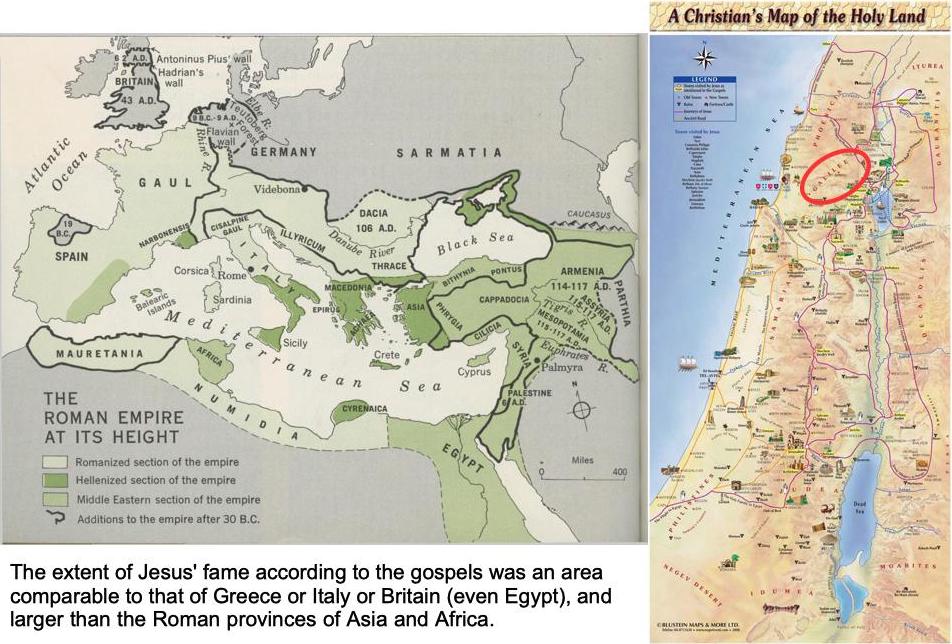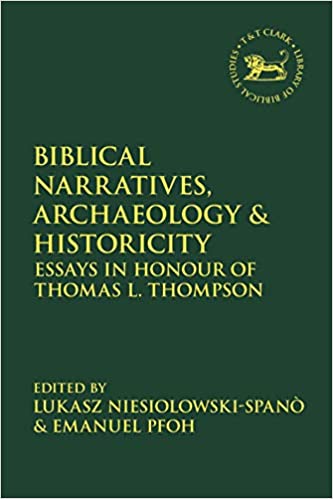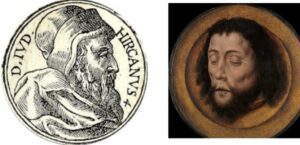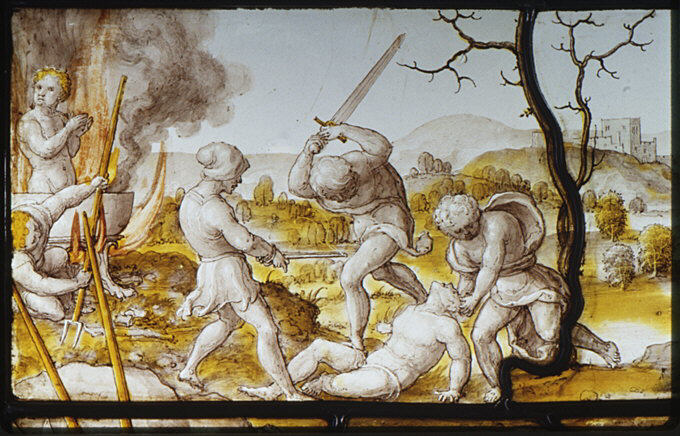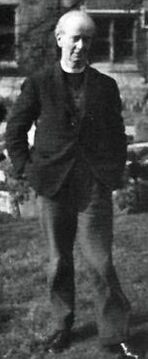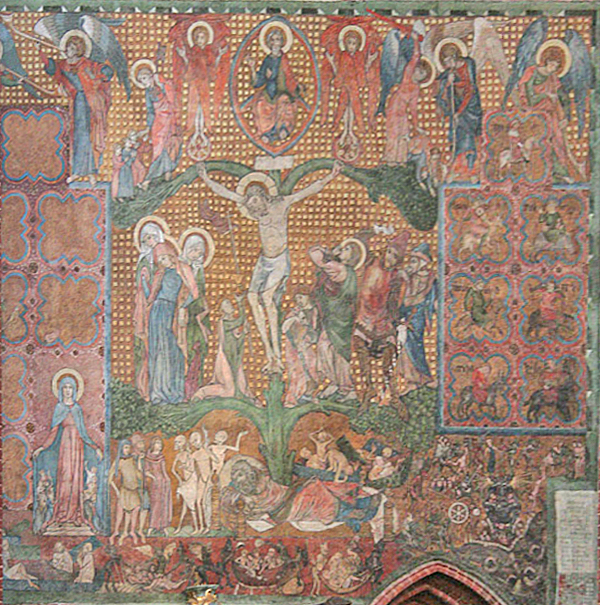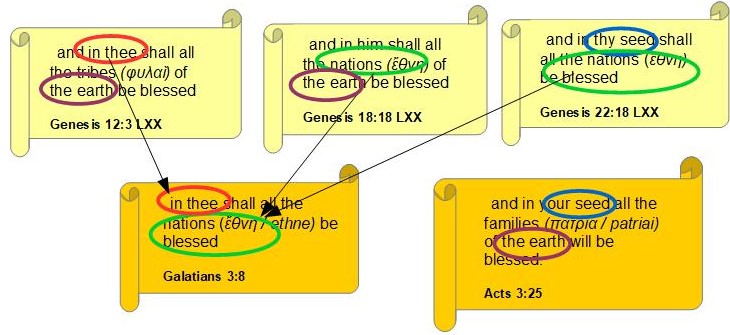At about 57 mins of the MythVision podcast O’Neill underscores the importance of Paul’s claim to have met James the “brother of the Lord”. Not only is Paul’s claim from a contemporary of Jesus but it is even from one who is opposed to his source: Paul is saying, says O’Neill, “Yeh, I have met the brother of Jesus and he’s a dick.” Now evidence from contemporaries, especially contemporary adversaries, is certainly strong evidence for historicity, but at this point, O’Neill tosses aside and out of sight the most fundamental principle he said was the basis of all good historical inquiry: a need to acknowledge ambiguity in the evidence. O’Neill’s first task, therefore, is to characterize any interpretation that allows for ambiguity to be outright nonsense.
Basic historical methods applied to Paul meeting “the brother of the Lord”
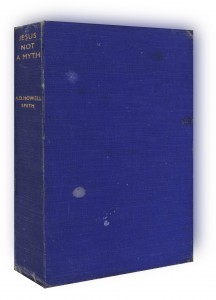
Yet there is an even more fundamental rule for any historian examining sources that O’Neill never mentions: study the context of the source and the information in it! It’s this simple:
- Acknowledge the fact that that “met James the brother of the Lord” phrase is unknown to Church Fathers who would dearly have loved to have known it to win their theological debates against “heretics” (– I was first informed of this fact by an honest author who was arguing against the Christ myth theory);
- Stop and think how bizarre it is that there are no other early Christian accounts that record that one of the leaders of the Christian church at Jerusalem was the very brother of Jesus! Is it really plausible that this one passing reference in a letter of Paul, a letter that was the focus of so much controversy in the early church, should be the only evidence we have from the early days of the church that Jesus’ brother became the new leader alongside Peter? Not even the Book of Acts, which portrays James as a noble head of the Jerusalem church, leads anyone to suspect that that James was a brother of Jesus.
For further details discussing the above context of this passage see
- James Brother of the Lord: Another Case for Interpolation
- Thinking through the “James, the brother of the Lord” passage in Galatians 1:19
O’Neill emphasizes that a historian must be open to ambiguity when studying the sources. Indeed. There are reasonable grounds for suspecting that the passage in which Paul says he met the “brother of the Lord” was added some time in the second century in order to better assist “orthodox” Christians argue against their theological opponents. Further, fundamental questions arise when we try to understand how a brother of Jesus could have become the church’s leader without any other contemporary or near contemporary indication that anyone knew about it.
It is “bad history” to take a passage as testimony to a “historical fact” without first testing the authenticity of that evidence.
Basic historical method guards against circular reasoning

O’Neill next engages in a very common failing of many historical Jesus scholars: circular reasoning. That failing is not unique to biblical scholars, though, since it is one of the fallacies pointed out in a famous book from 1970 by historian David Hackett Fischer, Historians’ Fallacies: Toward a Logic of Historical Thought.
The fallacy of the circular proof is a species of a question-begging, which consists in assuming what is to be proved. A hypothetical example might help to clarify the point. A researcher asks, “Do gentlemen prefer blondes?” He discovers that Smith, Jones, and James prefer blondes, and tacitly assumes that Smith, Jones, and James are therefore gentlemen. He concludes that three gentlemen out of three prefer blondes, and that the question is empirically established, with a perfect correlation. His argument runs through the following stages :
Inquiry : Do gentlemen prefer blondes?
Research : Smith, Jones, and James prefer blondes.
(Tacit Assumption ) : Smith, Jones, and James are gentlemen.
Conclusion: Therefore, gentlemen prefer blondes.Absurd as this fallacy may appear in a hypothetical way, it is exceedingly common in empirical scholarship.
(Fischer, 49)
petitio principii : a fallacy in which a conclusion is taken for granted in the premises; begging the question.
Dietary laws
One of several examples of this fallacy that O’Neill offers (paraphrasing):
In the Gospel of Mark we read that Jesus addresses the Jewish dietary laws. This makes sense if there was a historical Jesus who was saying those things about the dietary laws that the church (at the time the gospel was written) no longer followed. It doesn’t make a lot of sense if Jesus didn’t exist.
O’Neill here is uncritically repeating an argument found among some mainstream biblical scholars. It makes just as much sense on the assumption that the Jesus of the gospels was a literary figure created to express the view of the church.
Clark Kent to Superman

At this point the host, Derek Lambert, interjects with another piece of circularity common among too many mainstream biblical scholars (again, my paraphrase):
In the Gospel of Mark Jesus appears like a Clark Kent but by the time of the Gospel of John he is Superman. The evidence is so easily explained if there was an original guy who wanted the temple brought down, and then that happened, but because it didn’t get rebuilt, the Christians had to change the prophecy of Jesus into one where he claimed to be speaking about the temple of his body.
Yes, if we assume that there was a historical Jesus at the start, then we can indeed say that the subsequent evidence can be explained by that same historical Jesus. That’s circularity. The same logic can be used to say that if we assume that the gospel authors portrayed a Jesus who fitted the time of those writers, then we can explain the later changes to the gospels as the result of adapting to changing circumstances and beliefs. Question begging works any way you want to use it.
Besides, O’Neill ought to have picked Derek Lambert up on his factual error (another one common among many biblical scholars) that the Gospel of Mark portrays a relatively ungodly “merely human” Jesus. A man who walks on water and commands the storms to cease just like the Yahweh in the Psalms is not a “merely human” figure. Nor is the range of emotion imputed to Mark’s Jesus “merely human”: anger, for instance, is a very common godly emotion. For further details see
From Nazareth or Bethlehem?
Another very common instance of circularity appears in discussions about the birth narratives. The assumption is that there was a historical Jesus who was born in Nazareth, and since everyone supposedly knew he came from this tiny village “no-one had ever heard of”, the gospel authors tied themselves in knots trying to explain how he was really born, according to the messianic prophecy, in Bethlehem.
About the 1 hour and 10 minute mark O’Neill says, quite rightly, that later (noncanonical) gospels sometimes harmonize the earlier gospels. Matthew and Luke offer contradictory, even incompatible, nativity stories. This makes sense, he rightly says, if we assume that the authors were each independently struggling to work out their own narrative to explain how Jesus came to be known to be “from Nazareth” even though he was born in Bethlehem. I say “rightly” because yes, it does make sense if we assume the premise we are trying to prove is true from the outset.
It makes just as much sense to say that the authors of both Matthew and Luke were trying to establish a legend that Jesus was born at Bethlehem (according to the messianic prophecy) while at the same time attempting to remove an embarrassing epithet by which the earliest sects of Jesus worship were known, the “nazoreans” or “nazarenes”. (The Arab and Muslim world still today refer to Christians by a cognate of that same term.) The Gospel of Matthew at 2:23 bizarrely twists a scripture and grammatical Greek to make it give that title a new meaning.
Thus the evidence of Matthew is that the early evangelists were struggling with a title they no longer felt comfortable with and decided to hide its original meaning by re-interpreting it as meaning “from Nazareth”. Luke most likely re-wrote Matthew to give a better narrative account.
By setting aside the fallacy of assuming a historical Jesus at the outset we open ourselves to a much richer scenario in accordance with all of the evidence.
Nazareth did not exist — “a stupid idea”?
Continue reading “Bad History for Atheists (3) — Proof-texting, Circularity, Fake Facts, Insults”

